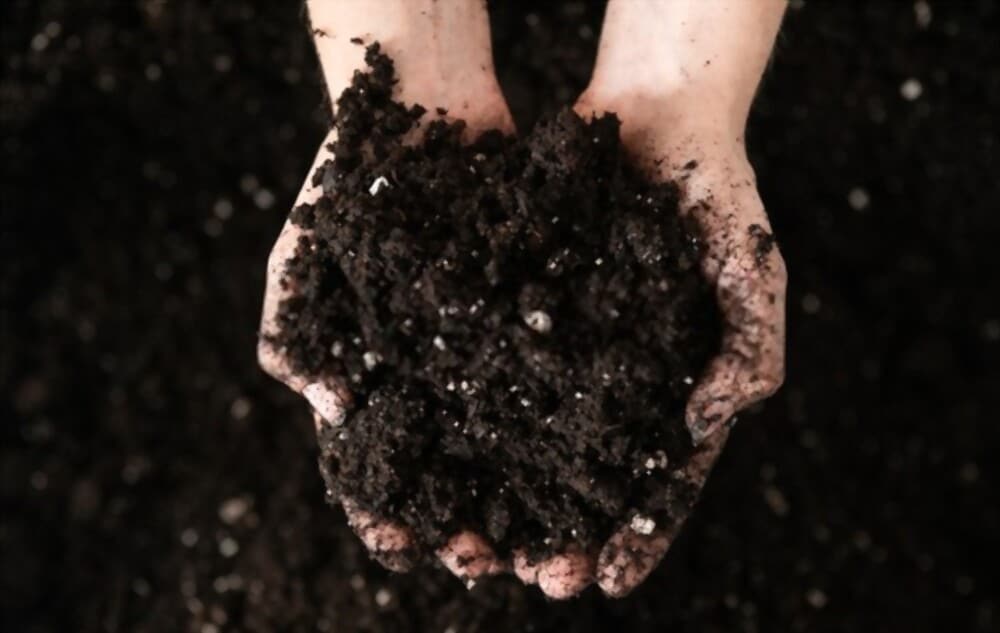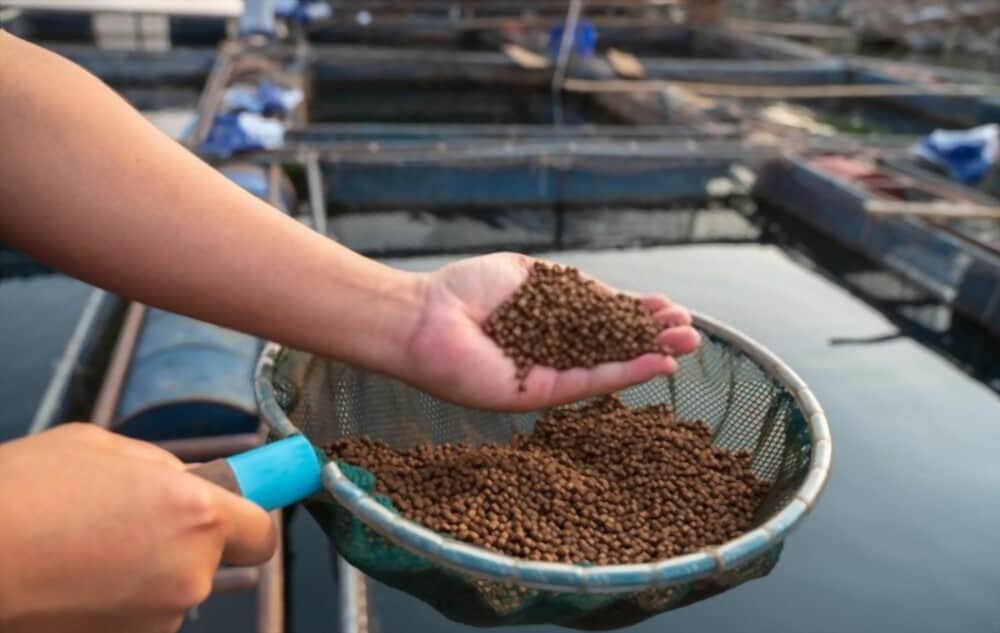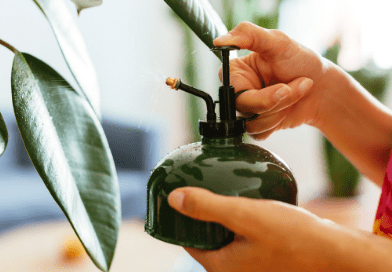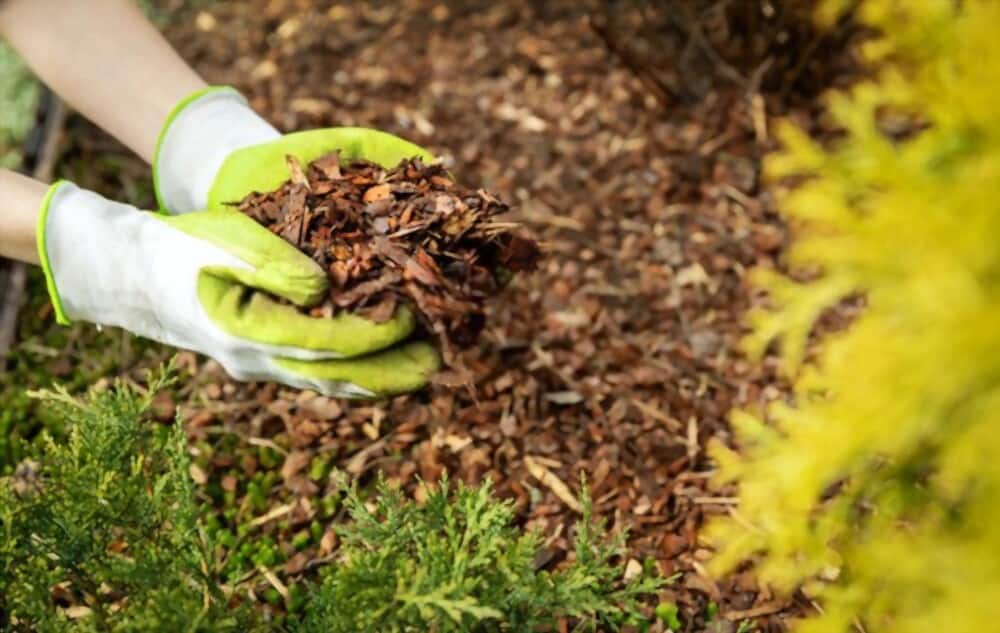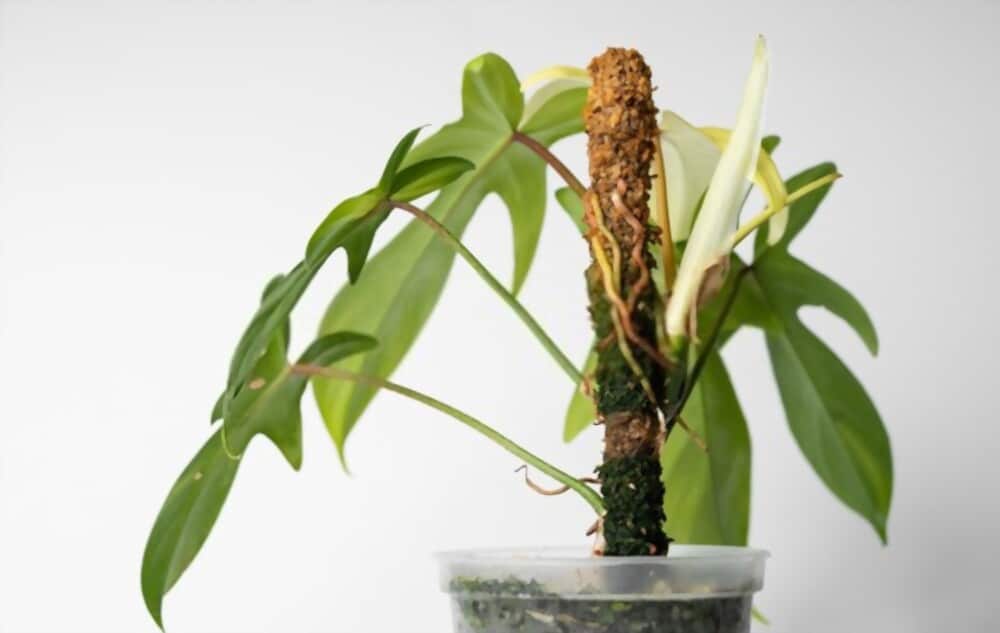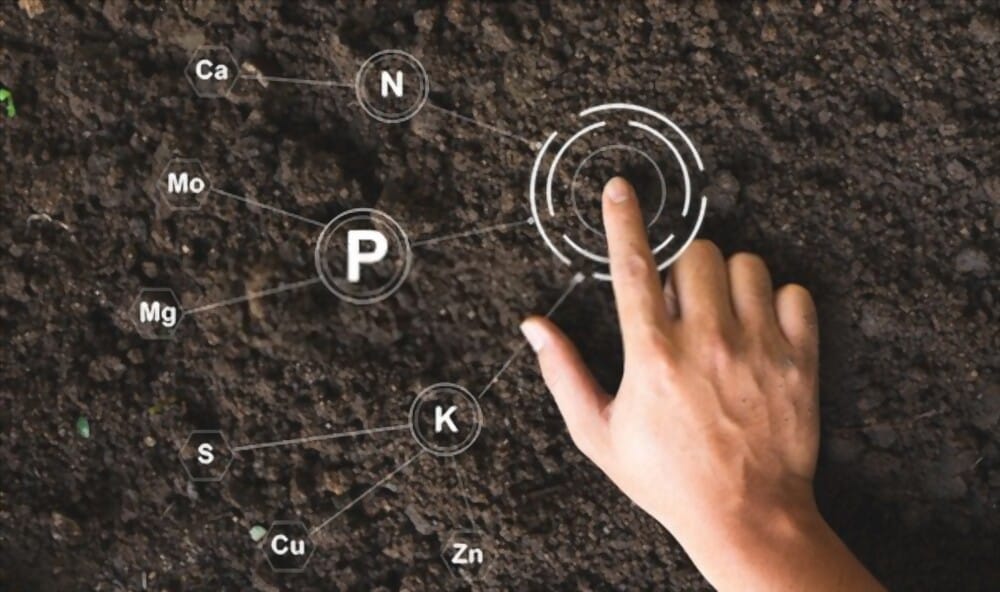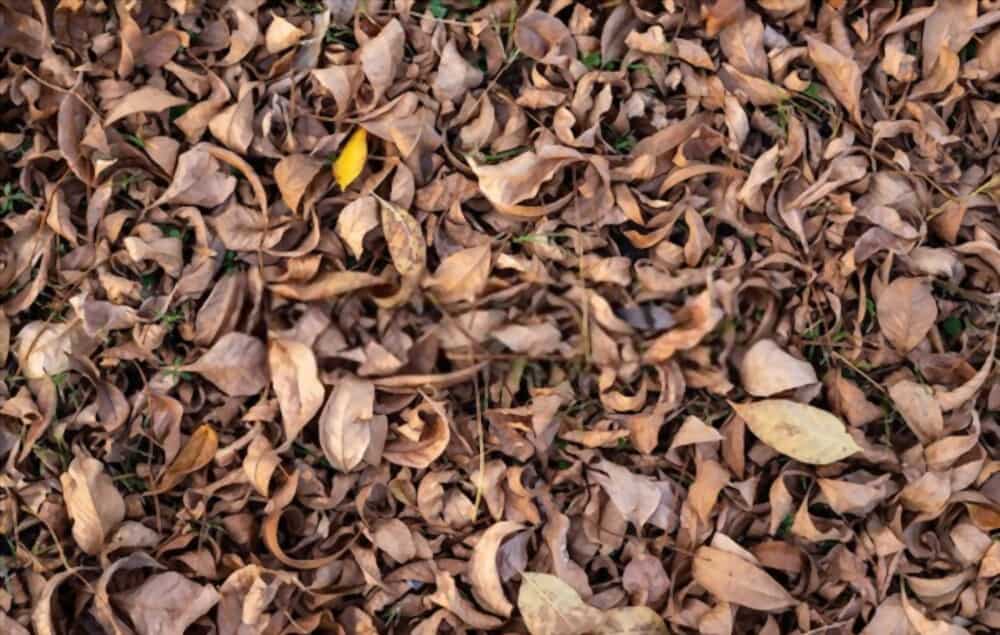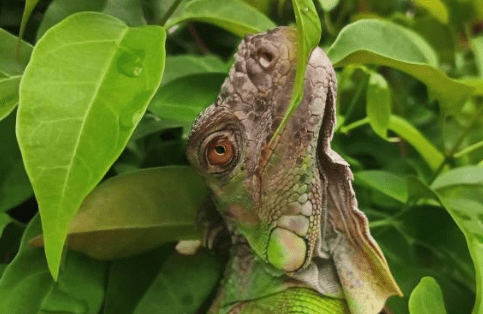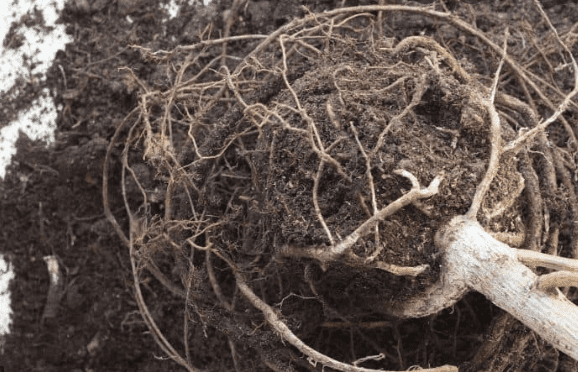How to Keep Soil Moist: Most Simple and Effective Methods
Plant growth depends on the moisture content of the soil. Numerous issues related to drought conditions can arise if the soil is very dry. Periodic watering, the addition of soil additives that hold water, and mulching can all help to keep the soil moist. Exposure to the sun and wind can have an impact on …

